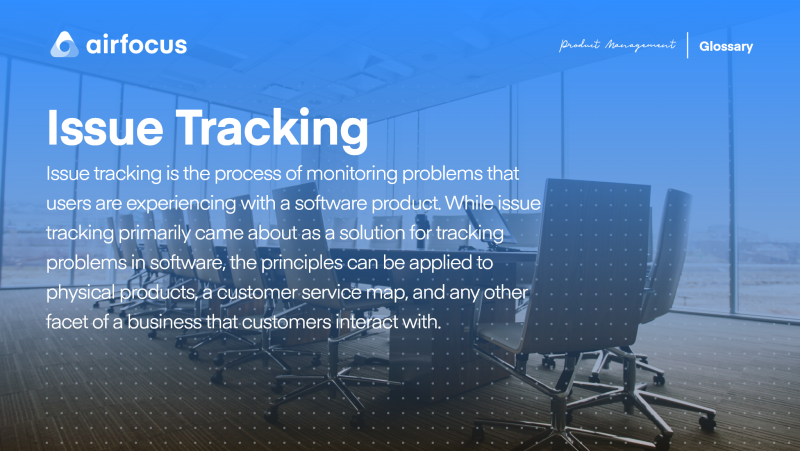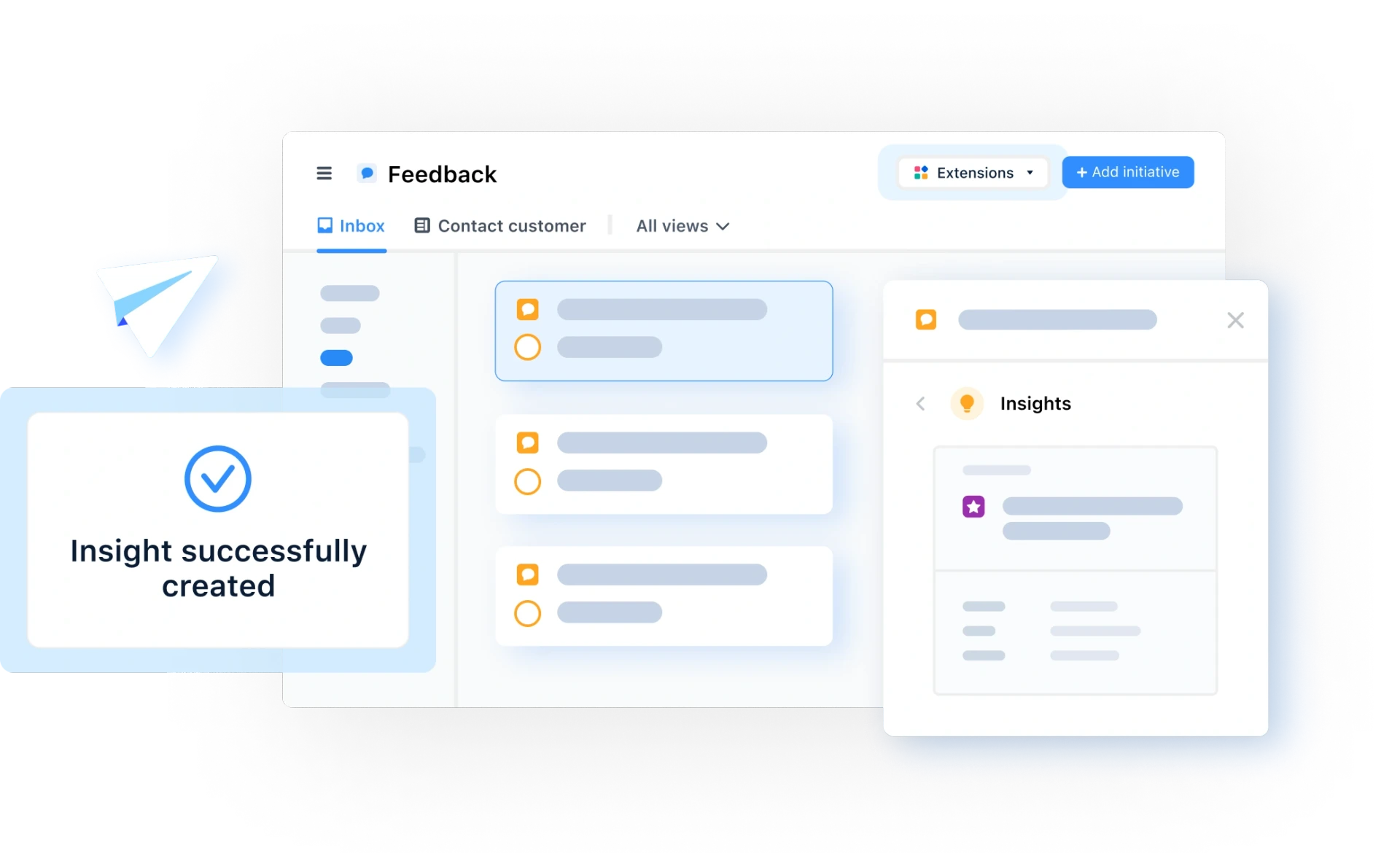Issue Tracking
What is Issue Tracking?
Definition of Issue Tracking
Issue tracking is the process of monitoring problems that users are experiencing with a software product. While issue tracking primarily came about as a solution for tracking problems in software, the principles can be applied to physical products, a customer service map, and any other facet of a business that customers interact with.
By definition, issue tracking doesn't have to be accomplished through a software solution, but the two generally go hand in hand. The majority of issue tracking procedures are achieved through an issue tracking system — an app that records customer problems feeds them through a journey and makes it easier for customer support to view a timeline of the customer's problem.
Issue tracking is most often used as a way to discover and resolve bugs in software, so you'll find issue tracking systems more prevalent in beta and alpha software.
What is an issue?
An issue is any problem, question, grievance, or criticism offered by a user. When your customers experience a challenge while using your product, then they have encountered an issue.
While issues generally reach your team's radar when a customer complains about them, you're likely to find plenty of issues without the help of customers, too. During debugging phases, your team will be actively seeking out issues in an attempt to resolve them before they ever reach a customer.
Who is responsible for issue tracking?
Once you’ve identified an issue in your product, you then need to work out who is responsible for fixing it — and that can be easier said than done. While it helps to have a dedicated manager working on issue resolution, the responsibility will typically fall on whoever is the most capable of solving the problem.
For instance, if the problem is occurring within a form handler on your website, then your web development team will likely take the lead. On the other hand, if your customer is having a hard time with the setup of your app, then this will be delegated to your customer support staff.
Delegation is a feature of most issue tracking systems.
Challenges with issue tracking
The major challenge of issue tracking is getting issues to the surface. Whether your issues are being discovered by an internal team or customers, it's critical that you have a simple and efficient way of reporting and resolving issues. Otherwise, your team and your customers are going to be slow to use that system again.
Additionally, issues that are brought to light can easily be forgotten. Perhaps no easy solution is discovered, a customer stops responding, or your team is simply too busy to address the problem promptly. In all of these scenarios, a problem can slip through your system and resurface again later on.
Issue tracking also tends to become over-complicated. This happens when your issue tracking software is unnecessarily complex, you have too many teams trying to work together, or you're using too many different tools to solve the problem. This results in a stalemate, where no one is sure who is in charge of fixing it, or how far along the issue's resolution is.

General FAQ

Glossary categories
All product feedback in one place

Experience the new way of doing product management







